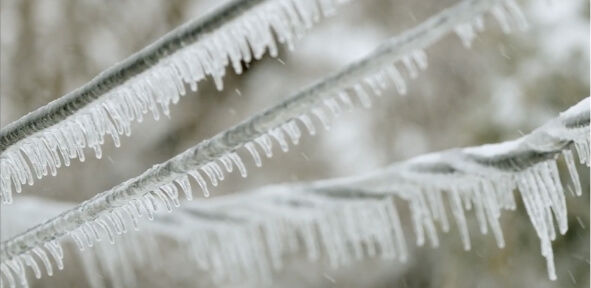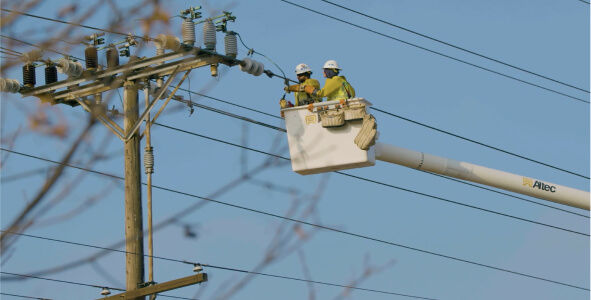We know how challenging it is to be without power.
When severe weather is anticipated, our crews are ready to act quickly and safely to restore power when widespread outages occur. We enact a plan for restoring power to the largest number of customers as promptly and safely as possible. If you experience an outage, please report your power problem in Outage Center.
Learn more about what causes outages and the process for restoring power, and find answers to frequently asked questions about outages, power restoration estimates and more.
- Dangerous situations: For everyone’s safety, we start with downed power lines and other hazards. You may see our employees standing guard near yellow barrier tape and areas blocked off to avoid public contact with a downed power line.
- Critical health, safety and communication facilities: We repair power lines and equipment serving facilities like hospitals, police and fire stations, nursing-care facilities, radio and television stations and sanitary-pumping stations.
- Communities: We focus on getting the most customers restored promptly. We begin by repairing substation equipment that delivers power to entire communities.
- Large subdivisions, neighborhoods and businesses: We move on to distribution lines that serve large subdivisions, neighborhood circuits and businesses.
- Individual homes: We then focus on fixing equipment that powers individual homes.

